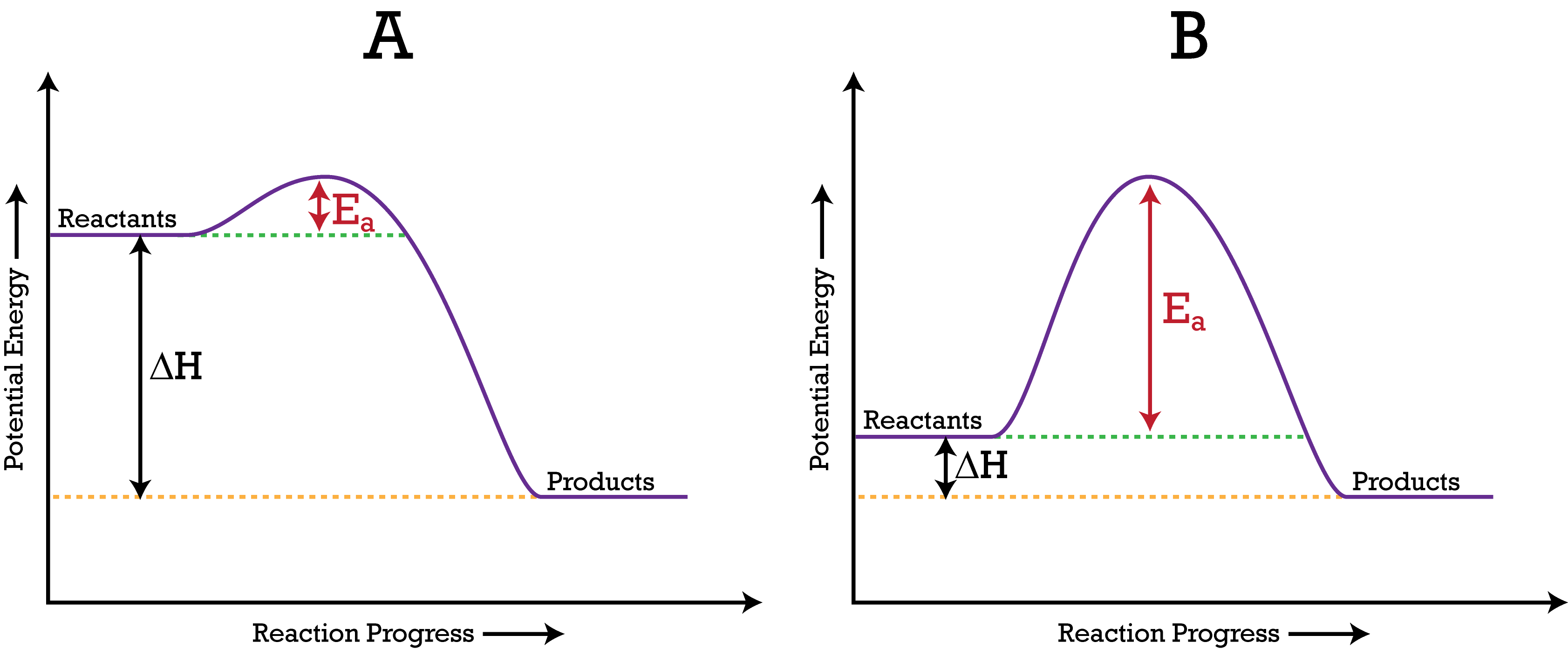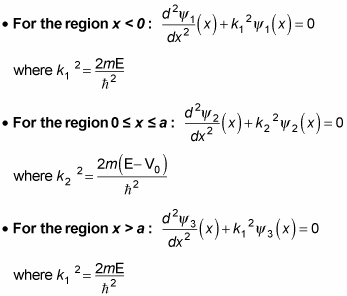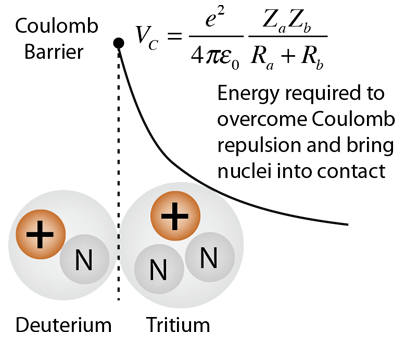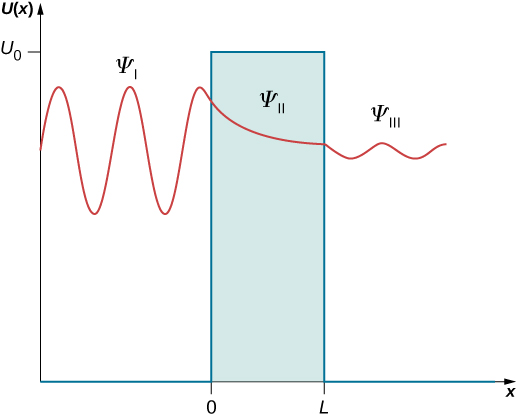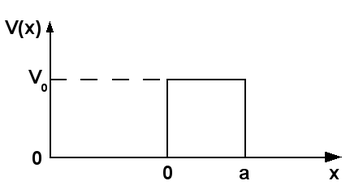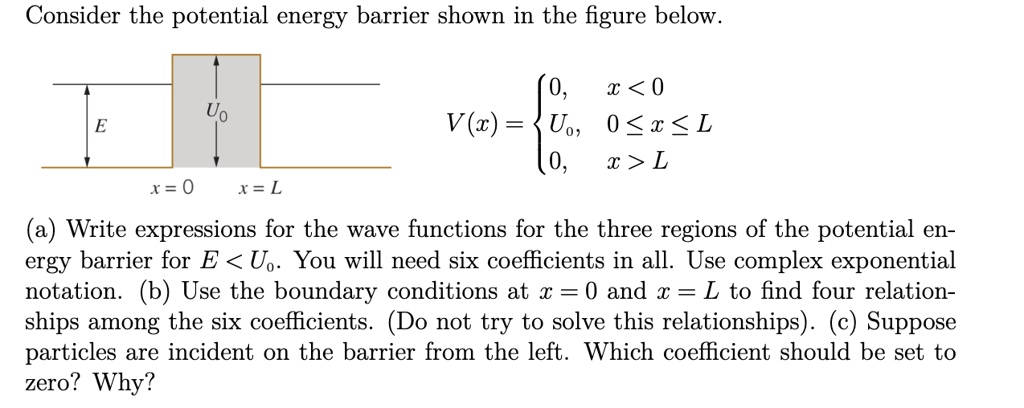
SOLVED: Consider the potential energy barrier shown in the figure below 0. 0>x Uc E V(x)=Uo0<x<L 0. x>L 0=x x =L a) Write expressions for the wave functions for the three regions
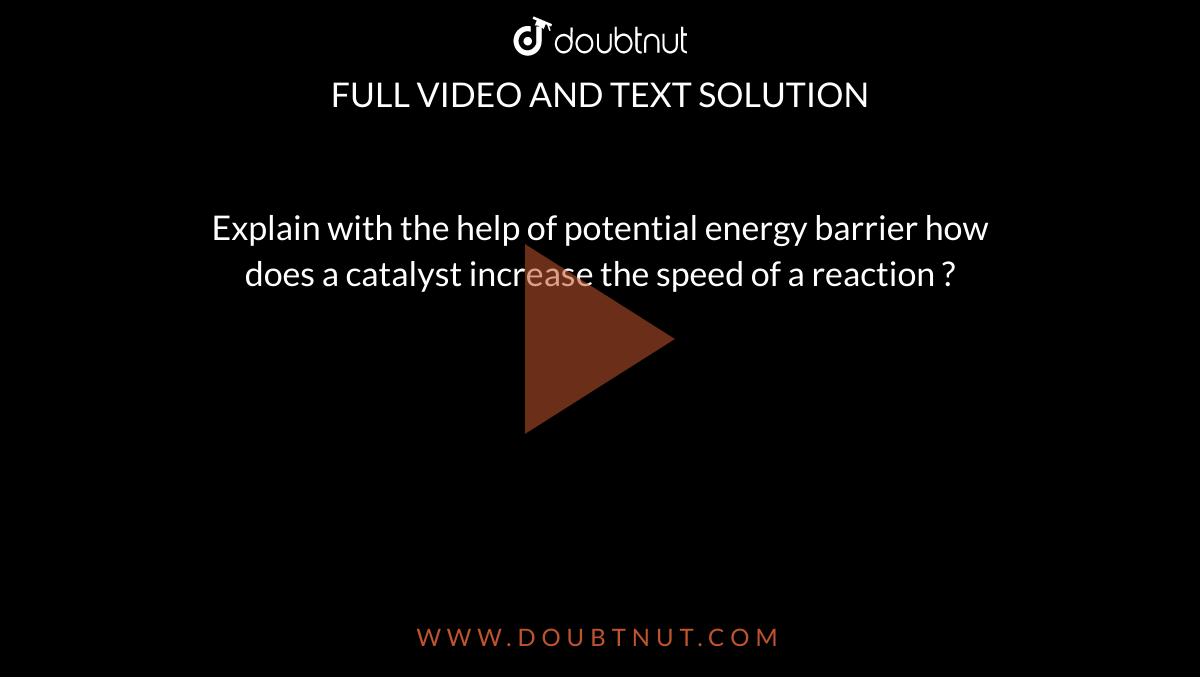
Explain with the help of potential energy barrier how does a catalyst increase the speed of a reaction ?

Consider a potential energy barrier like that of Fig. 37-17 but whose height \( U_{b} \) is \( 4... - YouTube
![Potential energy barrier in the interaction between two particles [37]... | Download Scientific Diagram Potential energy barrier in the interaction between two particles [37]... | Download Scientific Diagram](https://www.researchgate.net/publication/300059030/figure/fig1/AS:357024354324480@1462132647290/Potential-energy-barrier-in-the-interaction-between-two-particles-37-C-1993-Elsevier.png)
Potential energy barrier in the interaction between two particles [37]... | Download Scientific Diagram

Activation Energy E a : is the minimum energy that reactants must have to form products. the height of the potential barrier (sometimes called the energy. - ppt download
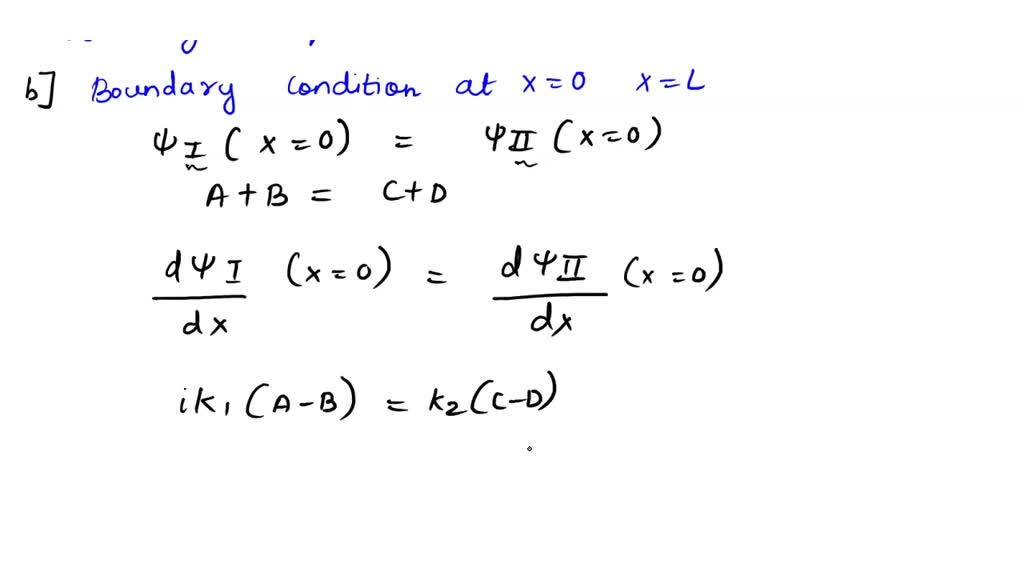
SOLVED: (a) Write down the wave functions for the three regions of the potential energy barrier (Figure 5.25 ) for E<U0. You will need six coefficients in all. Use complex exponential notation. (






